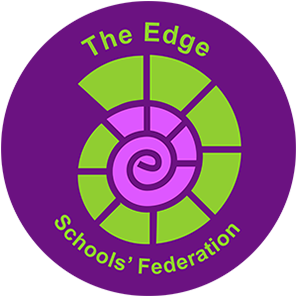Phonics and Early Reading
Phonics and Early Reading at Church Preen
Phonics is a way of teaching children to read quickly and skilfully. They are taught how to:
- recognise the sounds that each individual letter makes
- identify the sounds that different combinations of letters make - such as /sh/or /oo/
- blend these sounds together from left to right to make a word
Children can then use this knowledge to ‘de-code’ new words that they hear or see. This is the first important step in learning to read.
Research shows that when phonics is taught in a structured way – starting with the easiest sounds and progressing through to the most complex – it is the most effective way of teaching young children to read.
Here at Church Preen, we start pupils on their exciting journey to reading through the structured and semantic approach to reading with the Phonics Play programme. https://www.phonicsplay.co.uk/
This scheme teaches children throughout KS1 to read accurately and fluently with good comprehension. They learn to form each letter, spell correctly, and compose their ideas step-by-step. They work daily for 30 minutes with a teacher or teaching assistant trained in the delivery of phonics, and are assessed
regularly.
How do I say the sounds? This video shows the articulation of phonemes and how the pure sound is said.
https://www.youtube.com/watch?v=BqhXUW_v-1s
These are the actions your child will learn to help them remember their sounds.
https://www.jollylearning.co.uk/resource-bank/jolly-phonics-actions/
What can I do at home to help my child?
After the first half term in school, your child will be coming home with a phonetically decodable book with sounds they have been practising in school. Please encourage your child to blend these known sounds to create the words. In addition, please continue to share books at bedtime. Sharing stories is one of the most precious and important things we can do with children. It is a key way to develop communication
and language skills. Talk to your child about what is going on in the story, what do they think will happen next or ask about how they think a character might be feeling. Allow your child to take the lead with the story and tell it as they see it through the illustrations exploring new vocabulary and developing imagination.
Encouraging a Love of Reading
Tips from the Booktrust (www.booktrust.org.uk)
Look at the pictures. You don’t just have to read the words on the page. Maybe there’s something funny in the pictures that you can giggle about together, or perhaps your child enjoys guessing what will happen next.
Ask questions and talk about the book. Picture books can be a great way to talk through your child’s fears and worries, or to help them deal with their emotions. Give them space to talk and ask how they feel about the situations in the story.
Have fun! There’s no right or wrong way to share a story – as long as you and your child are having fun. Don’t be afraid to act out situations or use funny voices… your little ones will love it!
Library Bus
As we are a rural school, the library bus visits Church Preen every other week. Your child will get an opportunity to choose a book which we keep in school. The books are shared amongst the class.
Changing Books
As our books are a huge part of our valuable teaching resources and are very expensive to replace when lost or damaged, we will be changing home reading books only when books are returned to school.
Year 1 phonics screening check?
The Year 1 phonics screening check is a short, light-touch assessment to confirm whether individual pupils have learnt phonic decoding to an appropriate standard. It will identify the children who need extra help so they are given support by their school to improve their reading skills. They will then be able to
retake the check so that schools can track pupils until they are able to decode.
